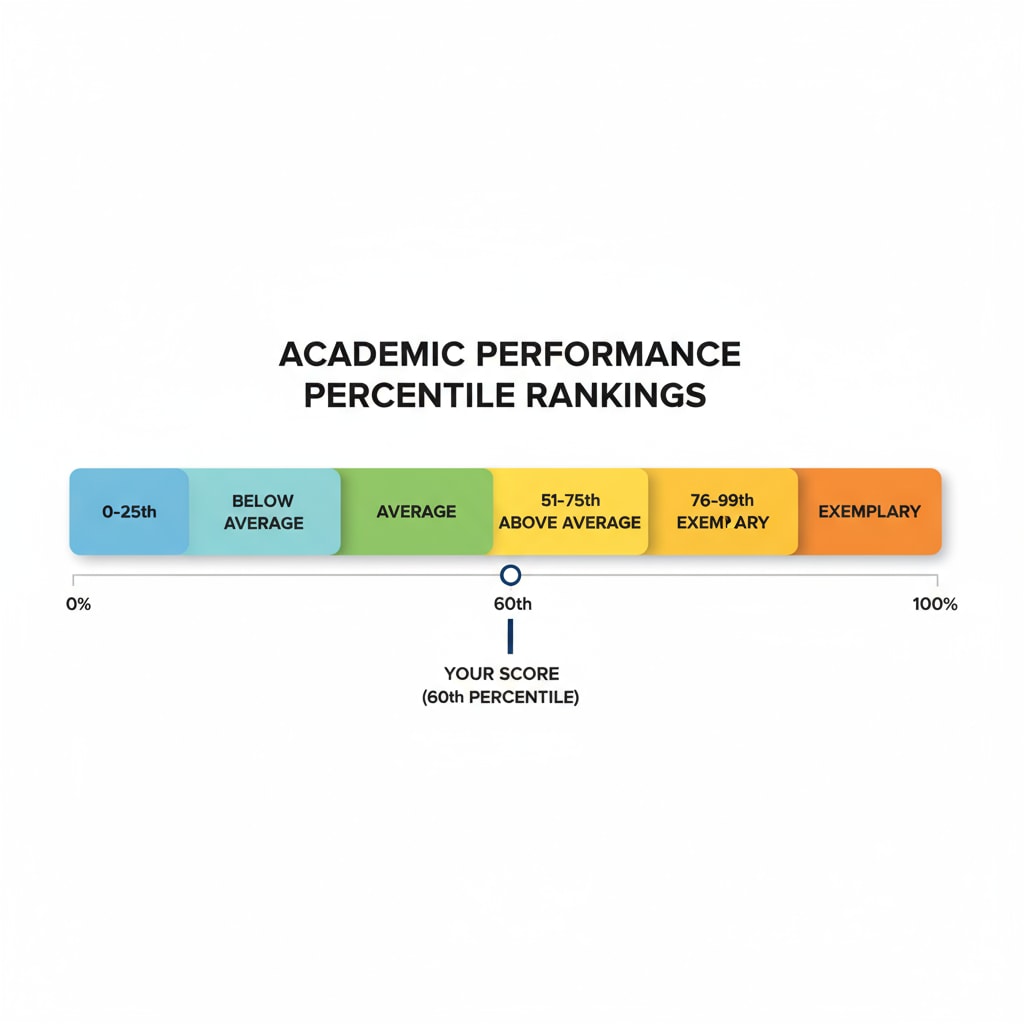STAR Test, Percentile Rankings, and Student Performance Evaluation are crucial aspects in understanding a student’s academic standing. The STAR test, a widely used assessment tool, provides valuable insights into a student’s learning progress. However, it’s essential to understand the reliability of its percentile rankings and the educational implications they carry.

The Basics of STAR Test
The STAR test, short for Standardized Testing and Reporting, is designed to measure a student’s knowledge and skills in various subjects, such as reading, mathematics, and language arts. It assesses students based on grade-level standards, giving educators and parents an idea of where a student stands academically. For example, it can show if a student is above, at, or below the expected level for their grade. According to Renaissance’s official website, the test adapts to a student’s responses, making it a more accurate measure of their abilities.
Understanding Percentile Rankings
Percentile rankings are a key part of interpreting STAR test results. A percentile rank indicates the percentage of students in a specific group (usually of the same age or grade) who scored at or below a particular student’s score. For instance, if a student is in the 80th percentile, it means they scored better than 80% of the students in the comparison group. This ranking system helps in understanding a student’s relative performance. However, as explained on Wikipedia’s page on percentiles, percentile rankings have their limitations. They don’t necessarily reflect the absolute level of a student’s knowledge or skills.

For example, two students in different schools might have the same percentile rank, but their actual knowledge and skills could vary significantly due to differences in teaching quality and curriculum. Therefore, while percentile rankings are useful for quick comparisons, they should not be the sole basis for evaluating a student’s learning.
Readability guidance: Here, we’ve used short paragraphs to convey key information. The bullet points in the lists make it easier to understand the main ideas. We’ve also included external links to reliable sources for further reading. Transition words like ‘however’ and ‘therefore’ help in guiding the flow of the article.


